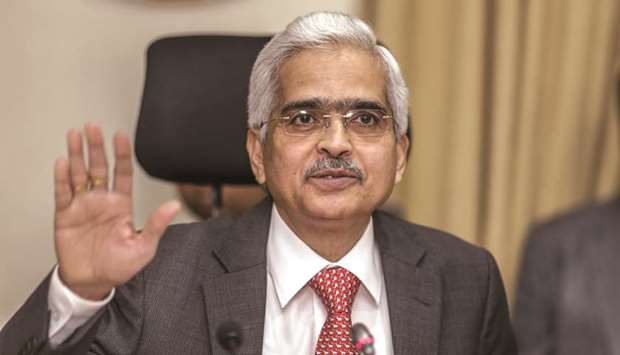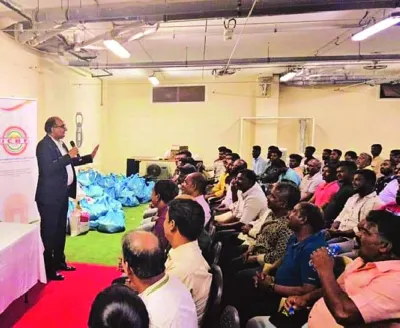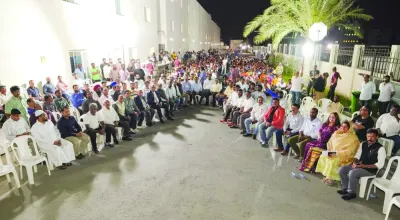India’s flagging growth prospects and subdued inflation give room for decisive action through easing of both monetary and fiscal policies, minutes of the latest meeting of the country’s monetary policy makers showed.
“Growth impulses have clearly weakened, while the headline inflation trajectory is projected to remain below 4% throughout 2019-20 even after considering the expected transmission of the past two policy rate cuts,” Reserve Bank of India governor Shaktikanta Das said. Viral Acharya, the deputy governor in charge of monetary policy at the central bank, very hesitantly voted for a rate cut, adding there were upside risks to inflation.
His central bank colleague, Michael Patra, like the others on the panel, said that while monetary policy was taking the lead in trying to boost the economy, the need of the hour was “a coordinated full throttle effort by all arms of macroeconomic management.”
India’s finance minister Nirmala Sitharaman will present the federal budget on July 5 and according to people familiar with the matter, she is considering an increase in the personal income tax threshold in a bid to kickstart consumption in the economy.
Das said the moderation in inflation excluding food and fuel, reflected weakening of demand conditions. The cooling price pressures were broad-based and spread across several groups like household goods and services, personal care, education and housing
Acharya, who had voted to keep rates unchanged in the April meeting, said a full-scale trade war blowout may result in an emerging markets sell-off by foreign portfolio investors. That would hurt India’s external sector and raise prospects of imported inflation, especially if it coincided with a worsening of public sector finances
Chetan Ghate, another policy maker who voted with Acharya to keep rates unchanged, said a widening negative output gap and below target inflation warranted a monetary policy response. A rate cut at the current juncture would help both close the output gap and bring inflation back to target
Ravindra Dholakia, a dovish member who voted to change the stance to accommodative in April, said concerns about fiscal slippage at this stage and its adverse impact on inflation were both misconceived and misplaced
He added that it was prudent to create space for future policy action on either side when the conditions are good. When inflation is under reasonable control and upside risks are muted, it is the right time to correct the high real rates of interest, he added The six-member Monetary Policy Committee this month delivered its third straight rate cut and adopted an accommodative stance after economic growth cooled to a five-year low of 5.8% in the January to March period. Central banks in Asia-Pacific have eased monetary policy in recent weeks amid worsening global growth prospects and an escalating US-China trade war
On Wednesday, the Federal Reserve signalled its intention to lower rates, while European Central Bank President Mario Draghi earlier this week pledged new stimulus for Europe’s flagging economy that may include both interest rate cuts and asset purchases.

Shaktikanta Das, governor of the Reserve Bank of India.


